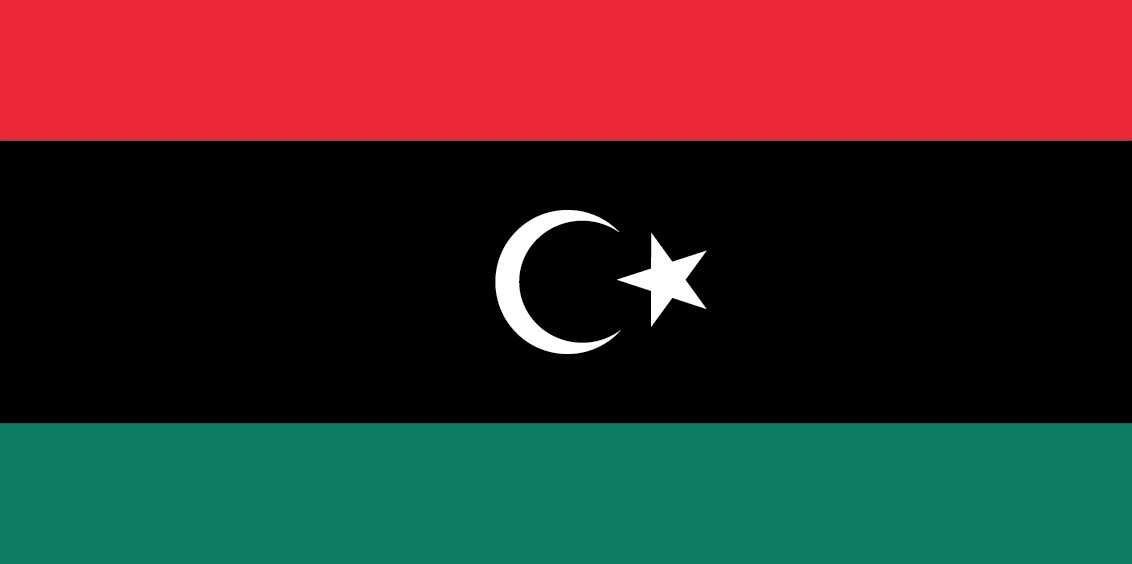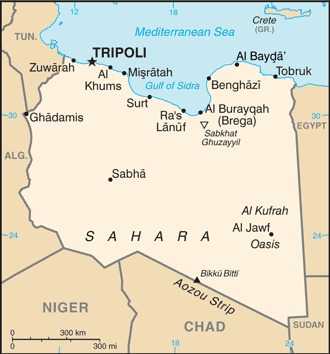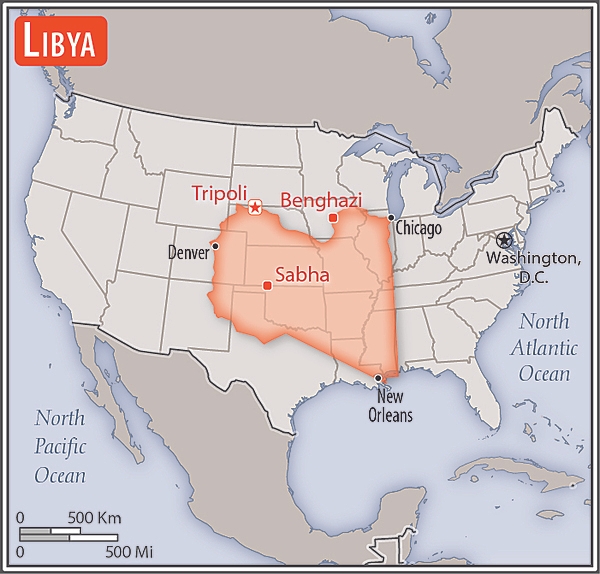Introduction
Visit the Definitions and Notes page to view a description of each topic.
Geography
People and Society
Population
comparison rankings: total 105; male 105; female 105
Languages
Median age
comparison ranking: total 165
Population growth rate
comparison ranking: 68
Birth rate
comparison ranking: 65
Death rate
comparison ranking: 221
Net migration rate
comparison ranking: 172
Maternal mortality ratio
comparison ranking: 89
Infant mortality rate
comparison ranking: total 128
Life expectancy at birth
comparison ranking: total population 87
Total fertility rate
comparison ranking: 48
Obesity - adult prevalence rate
comparison ranking: 16
Alcohol consumption per capita
comparison ranking: total 184
Children under the age of 5 years underweight
comparison ranking: 44
Environment
Carbon dioxide emissions
comparison ranking: total emissions 59
Government
Economy
Real GDP (purchasing power parity)
comparison ranking: 101
Real GDP growth rate
comparison ranking: 197
Real GDP per capita
comparison ranking: 137
Inflation rate (consumer prices)
comparison ranking: 55
GDP - composition, by sector of origin
comparison rankings: agriculture 160; industry 2; services 203
Industrial production growth rate
comparison ranking: 182
Labor force
comparison ranking: 120
Unemployment rate
comparison ranking: 180
Youth unemployment rate (ages 15-24)
comparison ranking: total 4
Current account balance
comparison ranking: 49
Reserves of foreign exchange and gold
comparison ranking: 30
Energy
Electricity
comparison rankings: installed generating capacity 66; consumption 69; imports 84; transmission/distribution losses 171
Energy consumption per capita
comparison ranking: 49
Communications
Telephones - fixed lines
comparison ranking: total subscriptions 62
Telephones - mobile cellular
comparison ranking: total subscriptions 76
Broadband - fixed subscriptions
comparison ranking: total 115
Transportation
Merchant marine
comparison ranking: total 91





